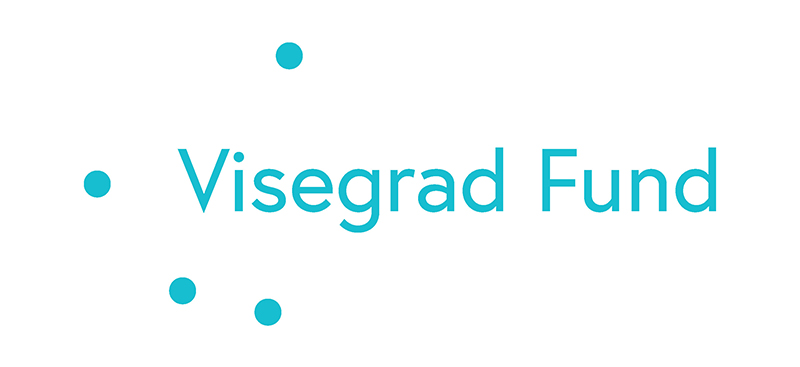News
Joint publications of the V4 countries’ statistical offices
Visegrad Group in figures
- Population (million people): 63,8 (HU: 9,7, SK: 5,4, CZ: 10,6, PL: 37,8)
- Capital cities: HU: Budapest, SK: Bratislava, CZ: Prague, PL: Warsaw
- Area (thousand km2): 533,4 (HU:93,0, SK: 48,8, CZ: 78,9, PL: 312,7)
- Highest peak (m): HU: 1014, SK: 2655, CZ: 1602, PL: 2499
- Biggest natural lake: Balaton (HU), 596 km2
- Number of national parks: 46 (HU: 10, SK: 9, CZ: 4, PL: 23)
- Number of world heritage sites: 42 (HU: 8, SK: 7, CZ: 12, PL: 15)
- Currency: HU: Hungarian forint, SK: euro, CZ: Czech crown, PL: Polish złoty
Economy
- In parallel with an increasing political activity, the V4 region has had remarkable economic performance in the past decade, in terms of growth, employment, fiscal discipline and trade, including a swift recovery from the COVID crisis.
- The V4 countries combined would constitute the 5th largest economy in Europe and the 12th in the world. Since 2013, GDP growth in the V4 has consistently exceeded the EU average on an annual basis. Before the war in Ukraine, the European Commission’s Winter 2022 Economic Forecast estimated that the V4 region’s average GDP growth in 2022 (5.0%) would, again, exceed the EU average (4.0%).
- The Visegrad region has a key role in European trade, especially due to the robust volume of V4+Germany trade, which was $335,3 billion in 2021, far exceeding Germany-France trade ($164,5 billion), as well as Germany-China ($245,4 billion) or Germany-USA ($194 billion) trade.
- Organically growing economic relations between the V4 countries are equally important. Counted as a bloc, the V4 is among the top three trading partners for each Visegrad country. Trade flows among V4 countries increased by an average of 64% between 2010 and 2020. As regards investments, almost all Visegrad countries are among the top 10 investment destinations for each V4 partner.
Interesting facts about the V4
- All Visegrad countries are members of the EU, NATO and OECD. The V4’s population accounts for 14% of the EU’s population and they have 108 MEP’s in the European Parliament.
- As the V4's joint institution that supports non-governmental cooperation, the Visegrad Fund has financed more than 6100 projects, incl. cultural, scientific and innovation programs and sport activities like the Visegrad Bicycle Race. The Fund also supports the Western Balkans and the Eastern Partnership.
- The V4 contributes to facing global challenges, also via joint international development projects (Jordan, Bosnia and Herzegovina, Kenya, Libya and Morocco) with a focus on tackling the root causes of migration.
- The V4 region boasts 38 Nobel Laureates, among them 13 Hungarians, including Albert Szent-Györgyi, awarded for the discovery of Vitamin C. Other prominent Hungarian scientists include Ignác Semmelweis, pioneer of antiseptic procedures and (US-based) Katalin Karikó, who laid the groundwork for the mRNA vaccines instrumental in tackling COVID-19.
- Improving regional, especially North-South connectivity is a key V4 priority; Visegrad countries are working on a high-speed railway network connecting the V4 capitals.
- Defence cooperation is an important pillar of the V4. Flagship projects like the V4 EU Battlegroup and the V4 Joint Logistic Support Group HQ contribute to regional security and NATO & EU goals.
- Inventions like the electric motor, walkie-talkie, parachute, helicopter, Microsoft Excel, Kerosene lamp, ballpoint pen, Esperanto language, Rubik’s cube and the safety match were, partly or fully, made possible by scientists from V4 countries.





